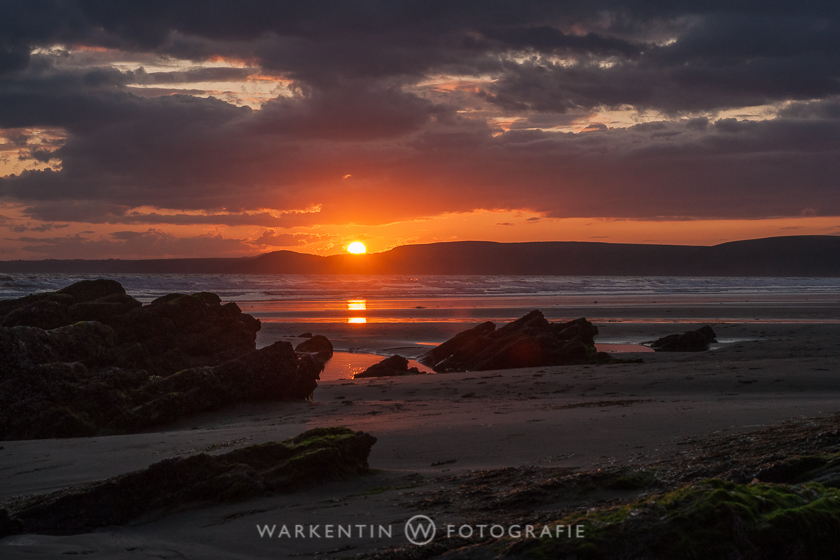One of the most famous photographers’ destinations is certainly not the south-west of Great Britain, and so Wales seems as a tourist destination rather in the Sleeping Beauty sleep. It is quite wrong – especially from the perspective of photography. The region is not stifling with charms of all kinds, alone the weather is not always photographer-compatible!
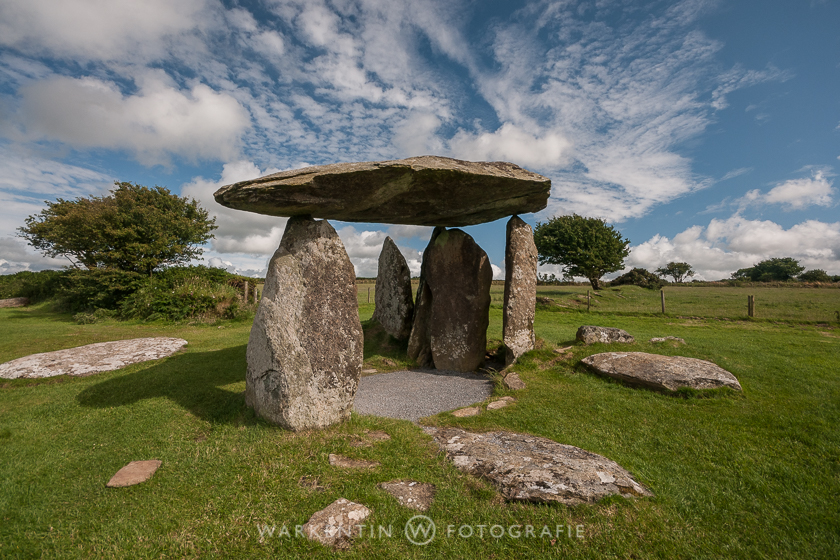
Two journeys have taken me to the county of Pembrokeshire in the far west of Wales. From there came my photographic travel impressions, which I show here. Pembrokeshire is the southwesternmost and one of 13 counties of Wales, which is bordered on a coastal length of over 270 km in the north, south and west of the sea. This long and very varied coastal strip is almost completely covered by the Pembrokeshire National Park and its cliff-rich coast with large sandy beaches and many small coves is a popular breeding ground especially for seabirds, so it is often visited by ornithologists.
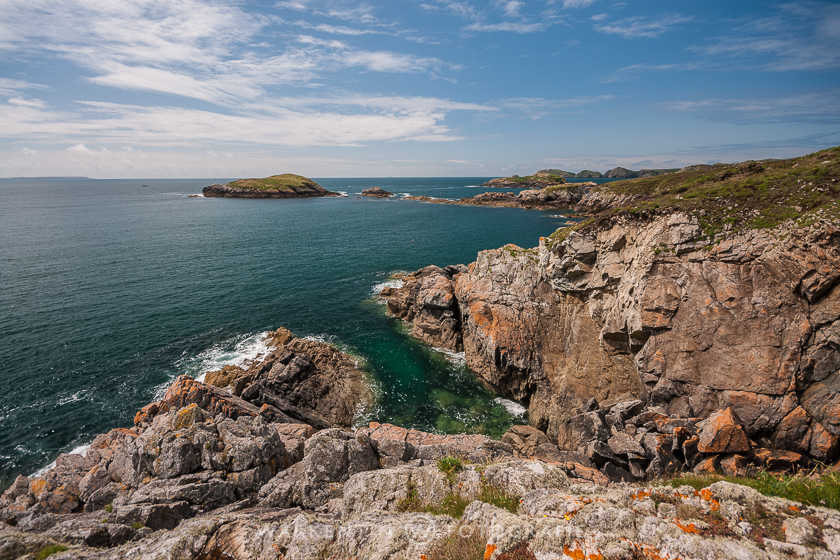
In addition to the impressive and diverse nature, there are also other attractions that appeal to photographers, be it the impressive Cathedral in St. Davids, the millennial old megalith Pentre Ifan, the old water mill in St. Dogmeals and of course the many quaint pubs (Picture 6 + 7) and shops in the numerous small coastal towns and small towns as well as the administrative capital Haverfordwest.
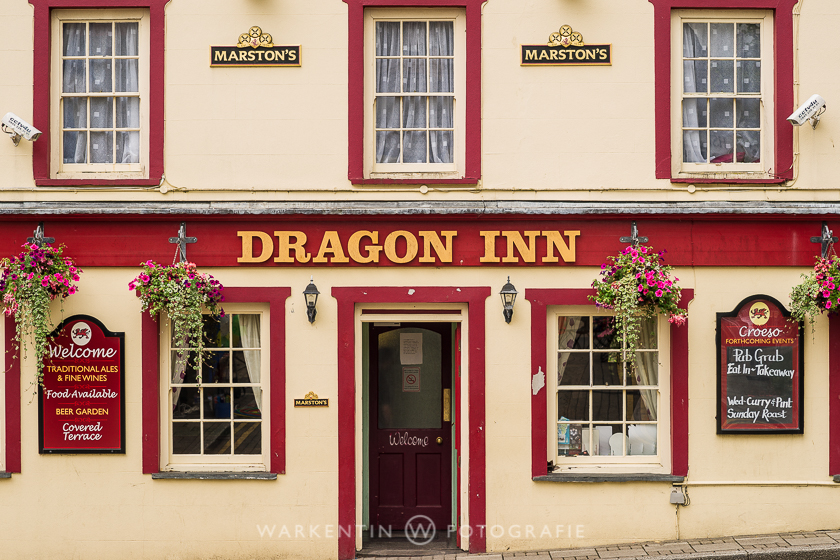
Haverfordwest
If you do not want to live in one of the small villages on the coast, the small capital of Pembrokeshire Haverfordwest is a central place from where you can easily reach all the destinations for photo trips by car and also by regular bus There are some hotels, restaurants, shops and a train station with a connection to London.
Interesting and romantic small fishing places worth visiting, there are also numerous in the area: Fishguard, Porthgain (quaint pub “Sloop Inn” with good kitchen at the port), Nolton Haven, Broad Haven (large beach), Solva Maritime pub “Harbor Inn” with good fish cuisine at the harbor), to name but a few. And of course the even bigger coastal town of Tenby is always worth a visit.
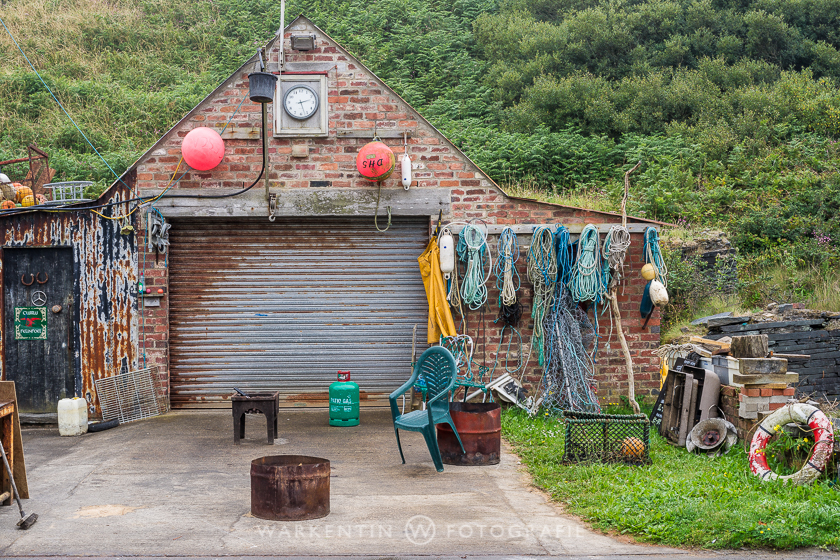
Ramsey
The island of Ramsey Island, which is situated to the west of Pembrokeshire, is separated from the mainland by a seaweed called Ramsey Sound (picture 2). Parallel to the coastline is the Pembrokeshire Coast Path, a trail that connects the various areas of the Pembrokeshire Coast National Park. The wild-romantic cliffs offer a marvelous view of the sea, the island of Ramsey and a few smaller islands. Grassy ponies, wild flower meadows in the most diverse colors, rock formations and the sea are the motifs of an untouched nature. Even if you want to observe rare bird species and take photos, is here in the best way.
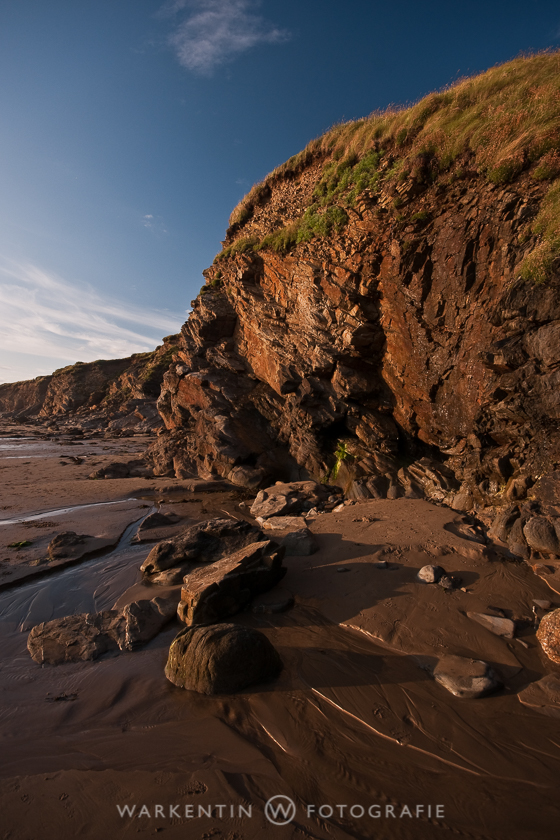
St. Brides Bay
The wild-romantic, rocky bay of St. Brides Bay (picture 1) in the western part of Pembrokeshires is particularly worthwhile by the rocky cliffs, a worthwhile photo-motive. Depending on the tide level, you can only find a narrow pebbly beach or a huge sandy beach. The west orientation offers the possibility to capture the coast in the golden evening light or “sun-drenched” sunsets. But also interesting details and macro-recordings of rocks, rock formations and reflections in the water are here in addition to numerous seabird motifs in infinite abundance and form an imposing nature play.
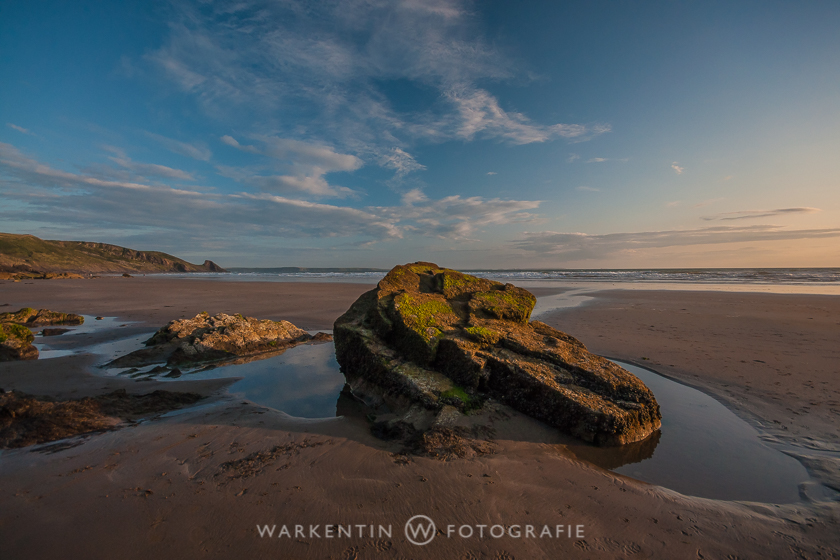
St. Davids
Four streets and 1.800 inhabitants, but still can be called St. Davids City. The reason for this is the 6th-century Norman-style cathedral (picture 8) in Wales. Like the place itself, it is located in a valley and should not be visible and well protected by intruders from the outside. For photographers, the small, old place beside the huge cathedral offers many typical photographs, and a visit to the traditional, local pub Farmers Arms (picture 7) at Goat Street is also recommended.
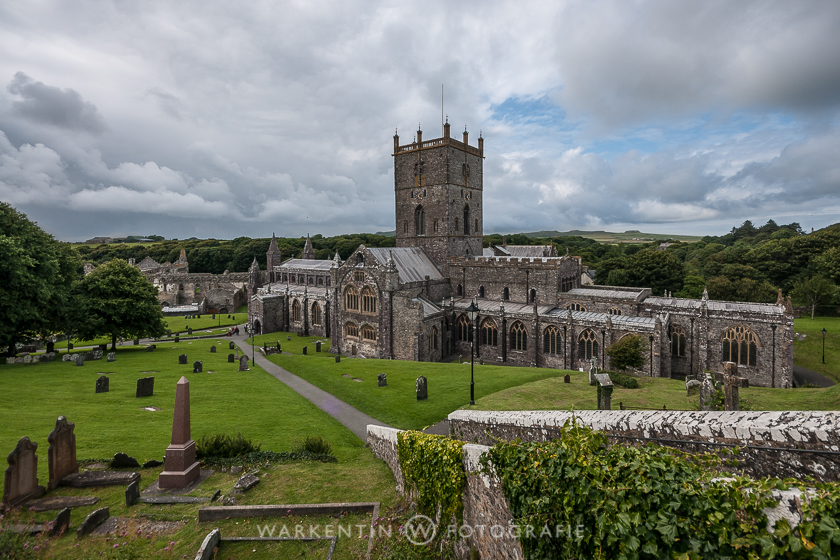
Pentre Ifan
The megalithic Portalgrab Pentre Ifan from the Neolithic period around 3,500 BC is not only an impressive prehistoric monument, but also a grateful photo-motif. A 16-meter-thick monolith rests with a tiny supporting surface on only three supporting stone slabs (Figure 4) and its elevated position in the Preseli Hills offers a wonderful view of the surrounding meadows and pastures and the sea. Grazing cows (picture 5) and the wind coming from the sea, which gives the trees their special appearance for decades (picture 3), are a welcome addition to the motif range.
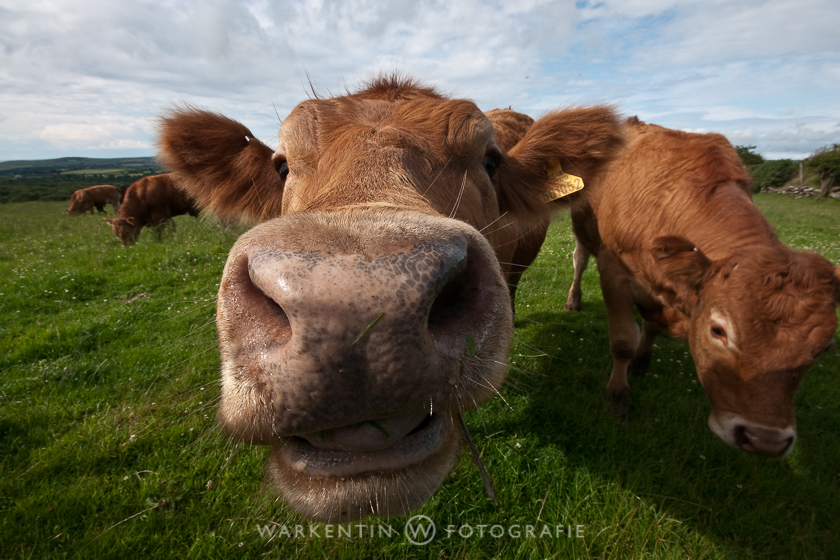
Equipment
Focal lengths of 15 to 300 mm (@ KB) can be used well, possibly also a macro lens (plants, insects etc.), in sunny weather a polarizing filter intensifies the color splendor. A camera bag with integrated rain protection is very helpful in case of sudden showers, fixed hiking boots are naturally self-evident, in warm weather also a drinking bottle with water. A very small, lightweight, yet stable tripod (carbon!) Is needed for very long fires, bad weather or indoor shots of buildings, such as churches, pubs, other old buildings and the like. For recordings of birds, longer focal lengths than 300 mm are also useful.
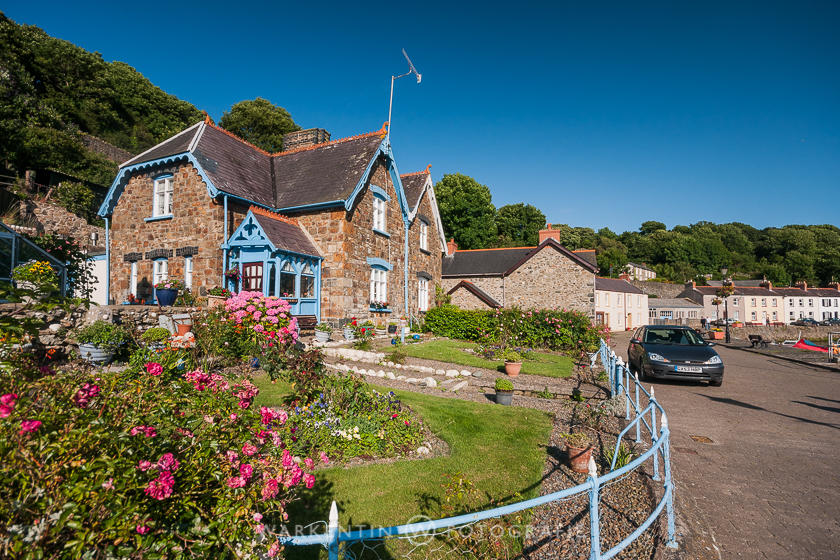
Travel and accommodation
By car, you can take the ferry from Callais to Dover and then take the M20 and M25 Motorway, passing the M4 to Reading, passing Swindon, Bristol, Cardiff and Swansea. At Llanedy, take the A48 road to Camarthen, where you take the A40 to Haverfordwest.
By train, you can reach Haverfordwest, for example, from Frankfurt / Main in about 14 hours with a three-way change in Paris, London and Newport.
Of course, the flight is the fastest way to London, the train journey from London (Paddington) to Haverfordwest takes about 5 hours.
Several car rentals are available in Haverfordwest, including Sixt, Day’s Rental and Thrifty.
